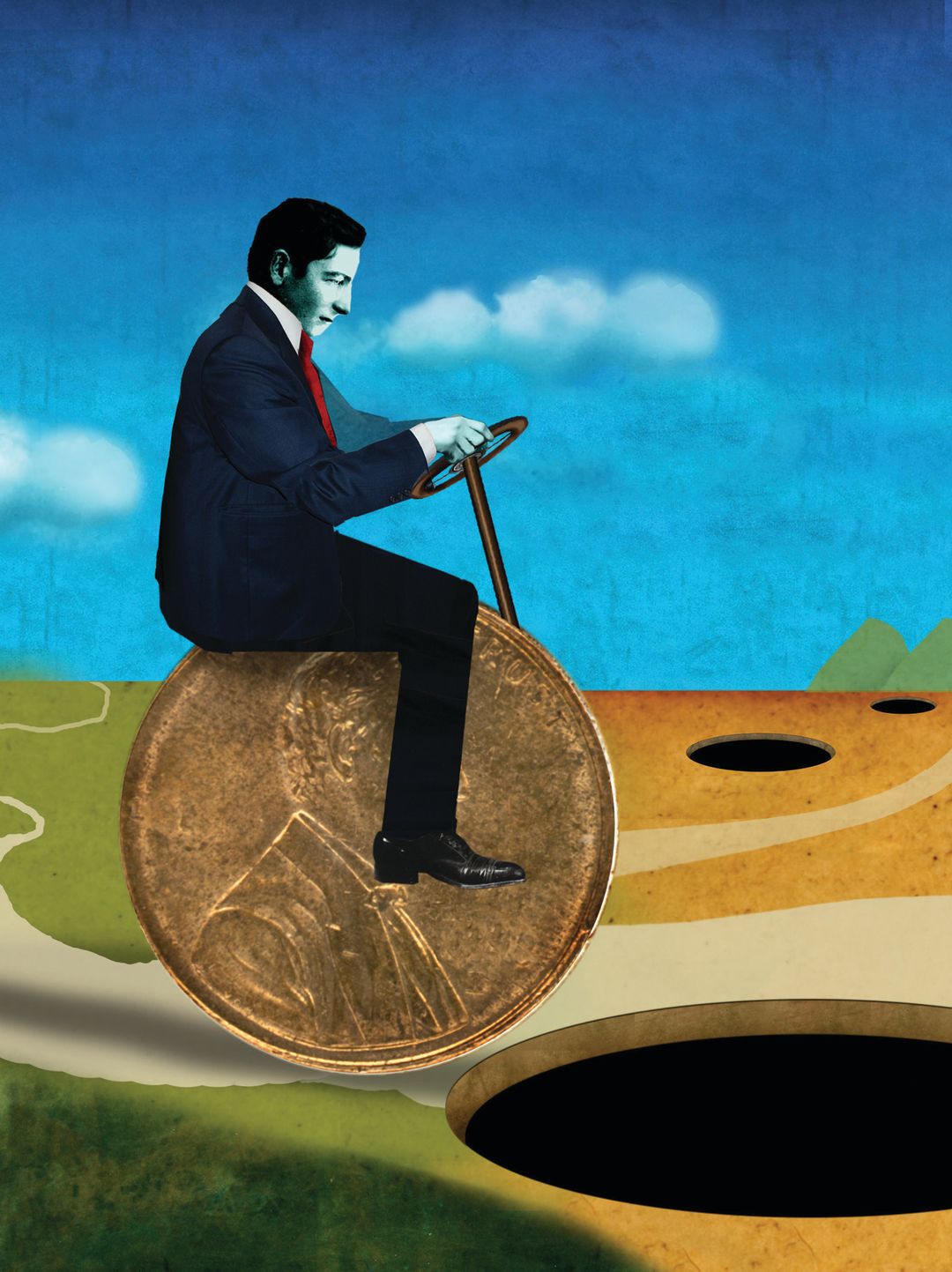Do Rising Car Loan Defaults Signal a Precarious Economy?

Image: Michael Morgenstern
Sarasota and Manatee counties may have dodged the most destructive effects of Hurricane Irma, but the storm did major damage to the pocketbooks of tens of thousands of residents. The chaos of storm prep and evacuation, combined with lingering power outages, damage assessments and debris cleanup, left many businesses reeling for two weeks or more. For those in the region’s service economy, where many workers live paycheck to paycheck and may depend on a steady stream of tourists, there was no way to earn back those lost dollars.
While some residents had savings to cover a crisis like Irma, many did not. According to Federal Reserve research, 46 percent of Americans do not have $400 on hand to pay for an emergency expense. Faced with a disaster like Irma, working-class Americans often have to choose which bills to pay and which to let slide. At Bradenton’s Manatee Community Federal Credit Union, in the weeks after Irma, the credit union saw a jump in members falling behind on car loans.
“I was surprised at how many problems it caused,” says Mike Skoyec, a collections manager at the credit union. “The day we opened after the storm, we had people coming in telling us their stories.” The credit union’s membership includes many employees at restaurants and bars, as well as workers from nursing homes and medical facilities. With their lost wages, they couldn’t afford to make their next loan payment, so the credit union devised a “skip a payment” relief program on the fly, allowing 170 or so members to avoid having their loans slide into delinquency.
Large banks and auto lenders are not as forgiving. After spiking during the Great Recession and then declining, the rate of auto loans that have slid into delinquency (when a bill is 90 days past due) has risen since 2012, driven by a boom in car sales and competition to offer new financing options.
In particular, the delinquency rate has spiked for the more than 23 million Americans with subprime auto loans. Subprime auto loans tend to be offered to Americans with weak credit scores—below 620—and require higher interest rates than for those with strong credit scores. The average interest rate for auto loans for someone with a credit score of 720 or higher is 3.6 percent; for those with a score below 589, it is 15.2 percent.
Last year, the rate of delinquencies on subprime auto loans rose to 9.7 percent for auto lenders not affiliated with banks or credit unions, up from just 5.8 percent in 2012. For traditional banks and credit unions, the subprime delinquency rate stands at just 4 percent, but those institutions are more likely today to issue subprime loans than in years past.
“Ten to 15 years ago, if you came into a mainstream financial institution with a credit score in the low 600s, it was very unlikely that you would qualify for a loan,” says Sherod Halliburton, the president at the Manatee Community Federal Credit Union. After the housing bubble crisis, banks tightened access to mortgages, but the share of new auto loans from banks or credit unions that are subprime has grown.
One bad break could wreck those loans. In general, low-income subprime borrowers buy older used cars. Halliburton says defaults at his credit union often happen when a car breaks down and the borrower can’t afford to fix the vehicle and make a loan payment while juggling other expenses. Health crises, accidents that put people out of work and natural disasters can all cause chaos.
“Any disruption in income, like we saw during the storm, can throw their finances out of whack,” Halliburton says. “If you lose two, three, four, five days of work and you don’t have any money saved up, this will be late, that will be late, and then there are additional fees that come with being late.” And if your car is repossessed, not having transportation can lead to unemployment in areas that lack efficient public transportation, like ours.
Is the rise in delinquencies a sign of a debt bubble about to pop, like the housing market 10 years ago? Halliburton notes that delinquency rates are “creeping up,” not “exploding,” and warns against doomsday predictions, and the Federal Reserve suggests that the expansion of the subprime auto loan market may have a “muted” effect on the overall financial sector. But auto loans do make up a significant chunk of American debt. Total household debt rose to almost $13 trillion last year; $1.2 trillion of that was in auto loans, trailing only mortgage debt and student loan debt.
If auto loan delinquencies continue to rise, it could make banks less likely to lend in other categories.“That means fewer people with access to credit cards and fewer mortgages,” Halliburton says. “There is a ripple effect when financial institutions pull back.” Delinquencies could also hurt the auto industry by forcing buyers to purchase cheaper used vehicles rather than new cars.
The situation is part of larger economic trends. Since the early 1970s, the economy has grown and the cost of living has risen while wages have stagnated. “The financial circumstances for a lot of people are fragile,” Halliburton says. “The economy is chugging along and is relatively strong, but we all feel like one minor disruption could be extremely problematic. That’s the sense I have.”



